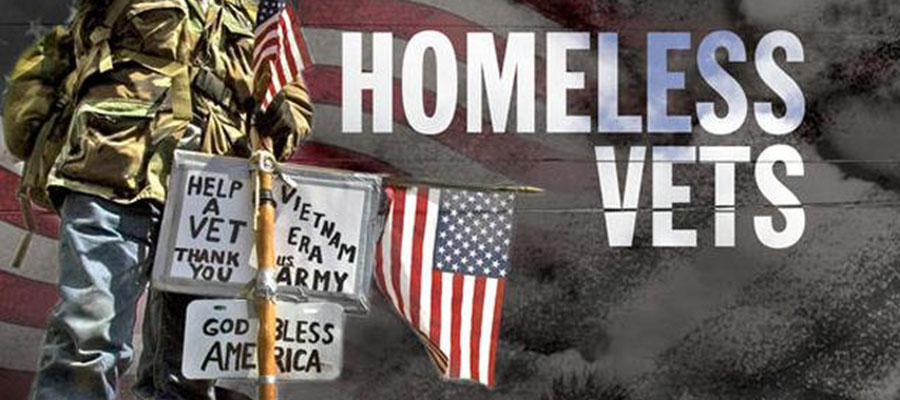Homelessness is a problem everywhere, but those in Colorado are experiencing this issue at a different scale. Statistics show that the state just saw a 24 percent spike of homeless veterans, which has definitely alarmed some in the state. Denver is taking on the fight in a creative way by introducing a tiny village for homeless people.
What are Tiny Homes?
Tiny homes are high-efficiency homes that allow a person to live in a small area. This type of house is eco-friendly and usually does not take much money or time to build. It is quite popular among millennials as an alternative to buying a regular home. One of the reasons people love it is because it limits space, making those that dwell in these homes minimalists.
The tiny homes that are going to be built in Denver will be completely off grid. This means solar panels will provide lights, power, and temperature control to each of the units.
The Denver Initiative
The initiative was actually started through a crowdsourcing effort that was backed by the mayor of the city along with other city officials. It took some time before the city approved the project though it was funded. The program is only a pilot test that will last 180 days, but it is expected to grow. The property is being set up at 38th and Walnut in Denver.
The Alternative Solutions Advocacy Project group asked the city's planning department for a temporary zoning permit; it will be called the Beloved Community Village. The little village is going to consists of 11 shelters that will be 8-feet by 12-feet. There will be a communal kitchen area, showers, and restrooms for those that stay in the community.
Food and other services will be provided as well. The village will be able to accommodate up to 22 people though this is just initially because, as mentioned above, they hope the program grows.
The goal is to not only give those who are homeless an opportunity to get off the street but also help the homeless get back on their feet. The community is going to give visitors an opportunity to learn and resources to reenter society.
The entire project was actually a united effort from several groups, such as the Interfaith Alliance, The Buck Foundation, the Burnes Institute on Poverty and Homelessness, not to mention the sitting mayor and a few hopeful city officials who wanted to support. It should be noted that the project may end up costing $150,000 though this number is incredibly small compared to everything that is being accomplished.
This is just one example of what people can do for others; several similar initiatives are starting up throughout the country. It seems that there is a growing need to address the homelessness epidemic that is sweeping the nation. There is no doubt that this is a blatant show of goodwill for the people facing obstacles, but it seems that persistence and cooperation are key.



